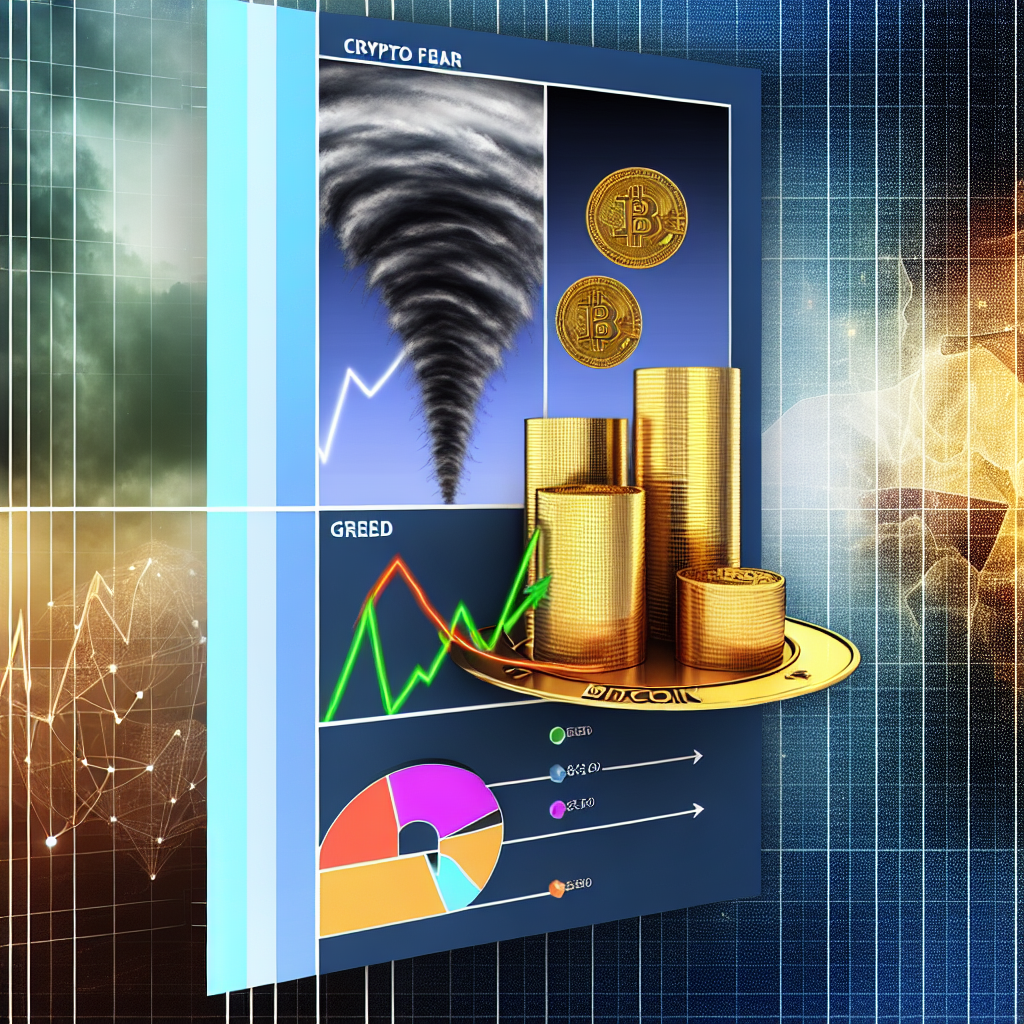Key points:
The Crypto Fear & Greed Index has returned to levels reminiscent of when Bitcoin was priced at $83,000.
Experts are questioning if the “turning point” for BTC pricing is already upon us.
User behavior on social media indicates that a price rebound is likely forthcoming.
Bitcoin (BTC) sentiment plummeted overnight Thursday, triggered by a recent drop in BTC prices that led to new liquidations.
Recent data from the Crypto Fear & Greed Index reveals that the prevailing sentiment is one of “fear.”
Bitcoin sentiment mirrors April lows
As Bitcoin approaches new monthly lows below $109,000, market sentiment is significantly affected.
The Fear & Greed Index, which tends to lag behind market movements, dropped to just 28/100 on Friday, its lowest point since April 11. The index decreased by 16 points in just one day.
“MORE fear and a HIGHER price,” noted crypto YouTube channel host Michael Pizzino in an X post.
Pizzino highlighted the emerging discrepancy between price and sentiment.
The last time the Fear & Greed Index fell below 30/100, BTC/USD was around $83,000, shortly after its rebound from lows of $75,000, as confirmed by data from Cointelegraph Markets Pro and TradingView.
This has led some analysts to suggest that a market reversal may be imminent.
“Could this signal the turning point Bitcoin and Crypto have been anticipating? The analysis appears promising, but it is yet to be validated,” Pizzino added.
The Fear & Greed Index has been known for its volatile shifts in 2025. As reported by Cointelegraph in February, the Index dropped to a mere 10/100 due to macroeconomic uncertainties regarding US trade tariffs.
“Impatience and bearishness” dominate BTC price trends
Signs of a potential BTC price rebound were evident even prior to the recent dip.
Related: Four reasons Bitcoin isn’t mirroring gold and stocks’ all-time highs
On Tuesday, research platform Santiment revealed that social media users had already started to predict a downturn in prices.
“Social media is typically vocal about Bitcoin’s next direction. Historically, lower price predictions increase likelihood, while higher predictions tend to suggest lower future prices,” it explained to X followers.
Santiment noted a surge of “impatience and bearishness” emerging from retail investors.
Simultaneously, data indicated that large-volume traders have been increasing their positions in recent days.
This article does not provide investment advice or recommendations. Every investment and trading action involved risk, and readers should conduct their own research prior to making any decisions.

